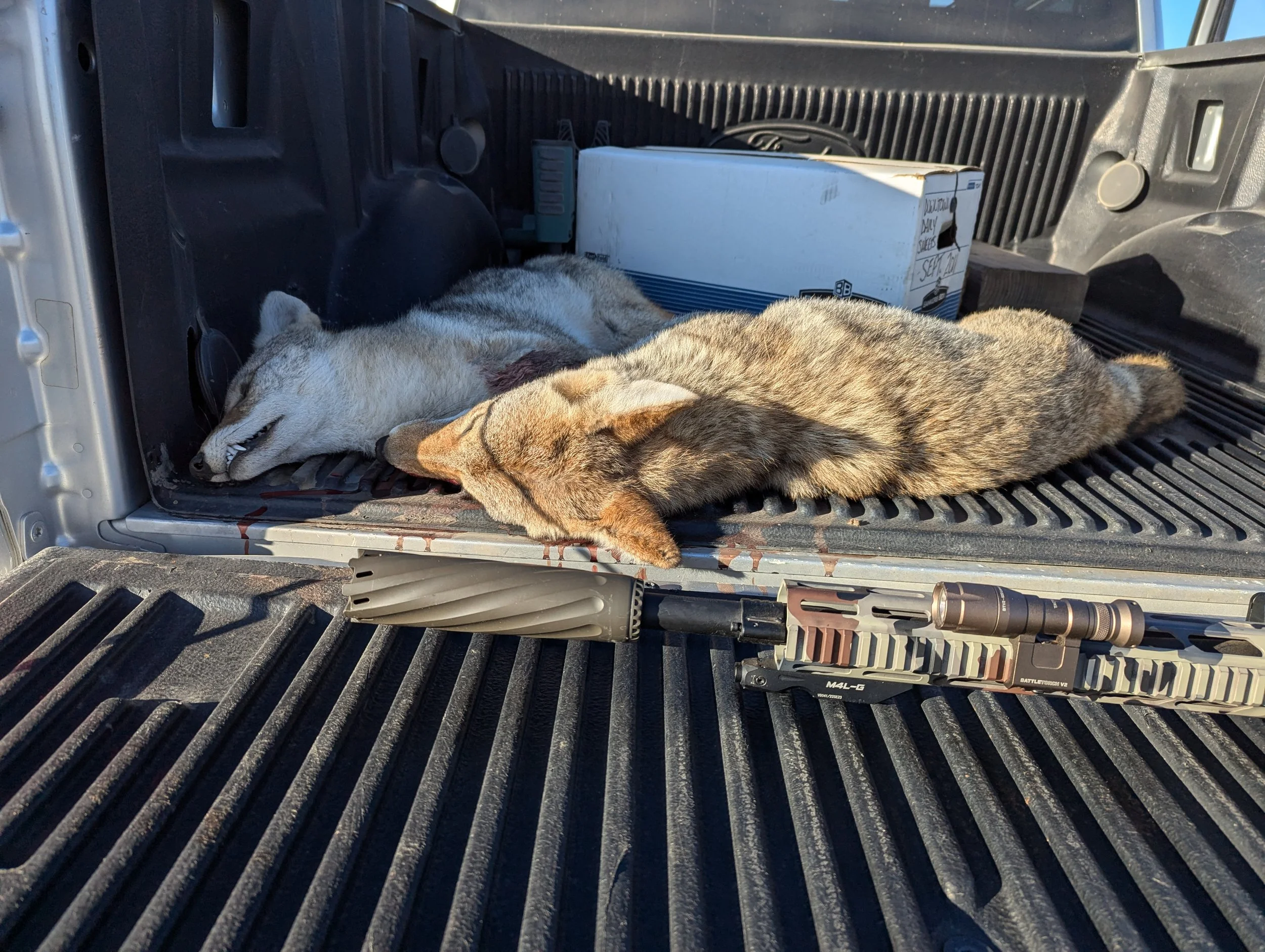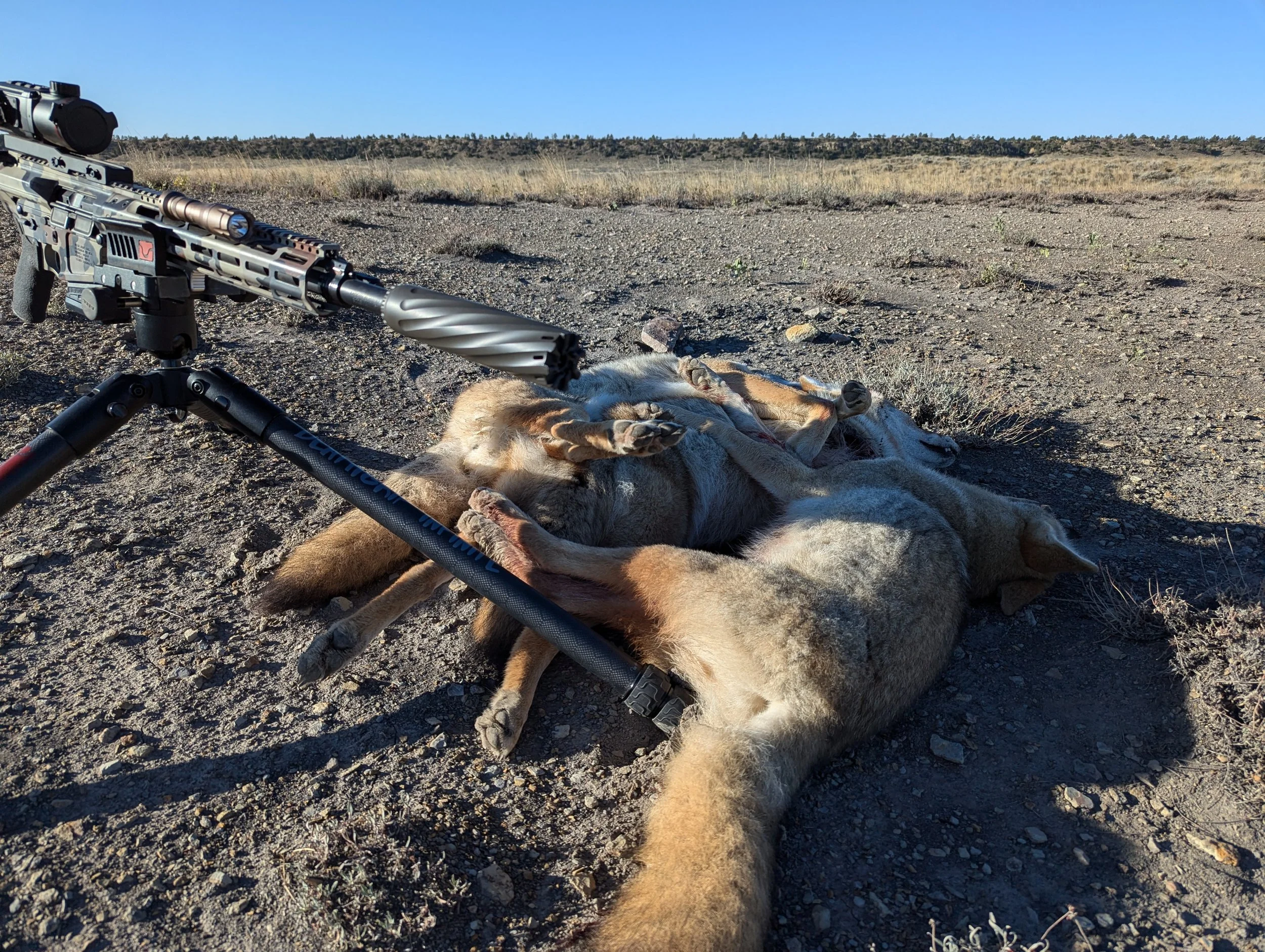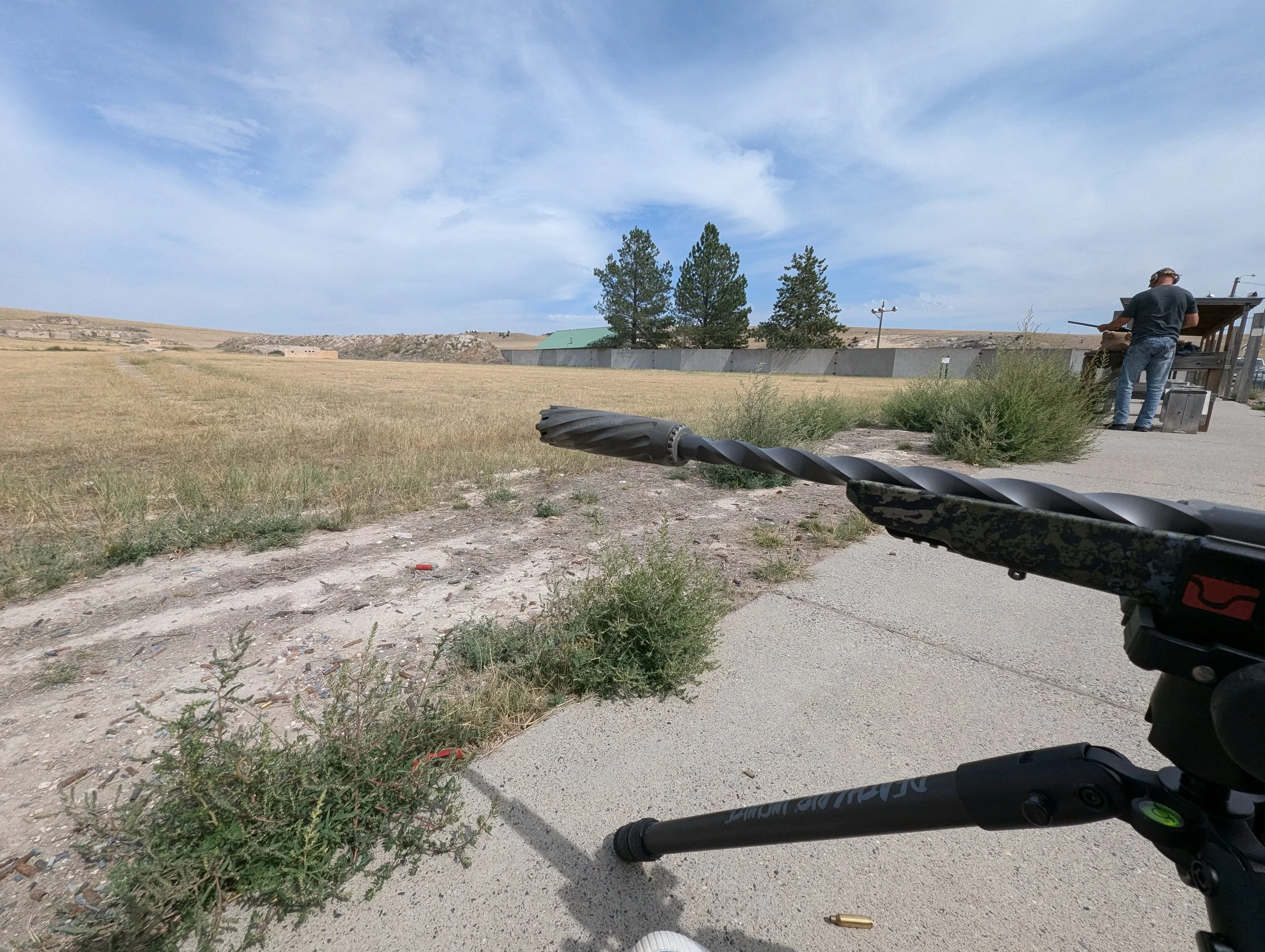Breaking Down Coyote Calling Competitions
Tradition, Strategy, and Controversy
While you may have never heard of such a thing, coyote calling competitions have become a staple of rural communities and outdoor sports enthusiasts, blending skill, strategy, and conservation efforts. These events highlight predator management while showcasing the expertise of hunters. There are some big names in the coyote calling competition industry, and one name that often stands out in this niche sport is Rusty Gamble, a renowned figure in the coyote-calling community.
Our team at Silent Armament Forge is packed full of avid coyote hunters, and we are going to bring you an in-depth look at these coyote calling competitions, their cultural significance, and the role of individuals like Gamble in shaping their legacy.
What Are Coyote Calling Competitions?
Coyote calling competitions are organized events where hunters use specialized techniques to lure coyotes within shooting range. These competitions are big in the United States and often span a single day or weekend, covering vast tracts of private and public land. Participants, working individually or in teams, aim to achieve specific goals such as bagging the most coyotes, the largest coyote, or the heaviest cumulative harvest. Some big coyote calling competitions include the National Coyote Calling Championship World Championship Coyote Calling Competition PRO. Unfortunately, not every state allows for these competitions to be held for various reasons.
Central to these competitions is the art of calling, which involves imitating sounds that attract coyotes. These sounds may mimic prey animals like distressed rabbits, fawns, or rodents, or they may replicate coyote-specific vocalizations such as howls, yips, and barks. Success depends on the hunter’s ability to sound convincing and to strategically position themselves in coyote territory.
Do Coyote Calling Competitions Have Rules?
Coyote competitions have rules and regulations like any sport. It is a big deal when you break these rules.
Some of these competitions allow for both night and day. While the world championship in WY is only a day time calling comp.
Rusty Gamble: A Legend in the Field of Coyote Hunting
Rusty Gamble is widely recognized as a pioneer in coyote calling and predator management. With decades of experience under his belt, Gamble has not only competed in but also hosted numerous coyote calling events across the United States. His expertise in creating realistic calls and understanding coyote behavior has earned him a loyal following among hunters and outdoor enthusiasts. He is also the 2x world coyote calling competition winner, which is a pretty awesome title to have.
Gamble is also a mentor and educator, frequently sharing his knowledge through workshops, demonstrations, and online tutorials. He has helped elevate the sport by teaching newcomers the ethics and strategies involved in predator hunting. His insights on reading terrain, understanding coyote communication, and using advanced calling techniques have made him a household name in the hunting community, and now he shoots for our team at Silent Armament Forge, which is huge and we are so thankful to have someone so knowledgeable be part of our team.
Beyond his hunting prowess, Gamble is an advocate for responsible wildlife management. He emphasizes the importance of balancing predator populations with conservation goals, making his influence extend far beyond the competition circuit.
The Role of Coyote Calling in Wildlife Management
Coyote calling competitions serve multiple purposes, with population control being the most significant. Coyotes are highly adaptable predators whose populations can surge in the absence of natural checks like wolves or larger predators. When left unchecked, coyotes can pose threats to livestock, domestic animals, and native wildlife populations.
By participating in these competitions, hunters play a role in controlling coyote numbers, particularly in areas where they are considered a nuisance or threat. This form of population management is especially important for ranchers and farmers, who often experience economic losses due to coyote predation.
The Skill and Strategy Behind the Sport
Coyote calling is as much an art as it is a science. Hunters must possess a deep understanding of coyote behavior, habitats, and vocalizations. Factors such as weather, terrain, and scent management are critical to success.
Competitors often invest in high-quality equipment, including electronic callers, decoys, and camouflaged clothing. Scouting is another essential aspect; hunters spend hours studying tracks, scat, and other signs of coyote activity to identify optimal locations. Timing is also key, with dawn and dusk being prime hunting hours.
Controversies Surrounding Coyote Calling Competitions
Despite their growing popularity, coyote calling competitions are not without controversy. Animal rights groups and some conservation organizations criticize the events, arguing that they can lead to unnecessary killing and disrupt ecosystems. They contend that these contests may foster negative attitudes toward coyotes, which are a vital part of many ecosystems.
Supporters counter that these competitions are a necessary tool for wildlife management and safe hunting practices. They explain that regulated hunts can prevent overpopulation, reduce human-wildlife conflicts, and protect livestock. Many competitions also include rules to ensure ethical hunting practices and often contribute proceeds to conservation efforts or local charities.
A Cultural and Community Event
In many rural communities, coyote calling competitions are more than just a sport—they are a cultural tradition. These events often bring together hunters, families, and local businesses, fostering a sense of community.
Participants celebrate their skills while exchanging stories and techniques. Prizes, ranging from cash to high-end hunting gear, add an element of excitement. For many, the camaraderie and shared passion for the outdoors are as rewarding as the hunt itself.
Silent Armament Forge’s Coyote Calling
Our team at SilentAF actually donated to the Blain County Coyote Calling Contest in December 2024. Blain County Montana. We donated a suppressor, which went as a door prize and helped raise money for the FFA and 4H kids in Northern MT.
Wrap Up
As debates about wildlife management and ethical hunting practices continue, the future of coyote calling competitions may involve stricter regulations and increased scrutiny. Advocates like Rusty Gamble play a crucial role in shaping the dialogue, emphasizing the importance of balancing tradition with responsible stewardship.
For enthusiasts, these competitions represent a unique blend of sport, skill, and conservation. Whether admired for their cultural significance or critiqued for their ethical implications, coyote calling competitions remain a fascinating reflection of humanity’s complex relationship with nature.
Through the contributions of influential figures like Rusty Gamble, coyote calling has grown into a respected discipline that combines heritage, innovation, and responsibility. As the sport evolves, its champions and critics alike will continue to shape its impact on wildlife and communities.
Be sure to follow SilentAF on Instagram!



